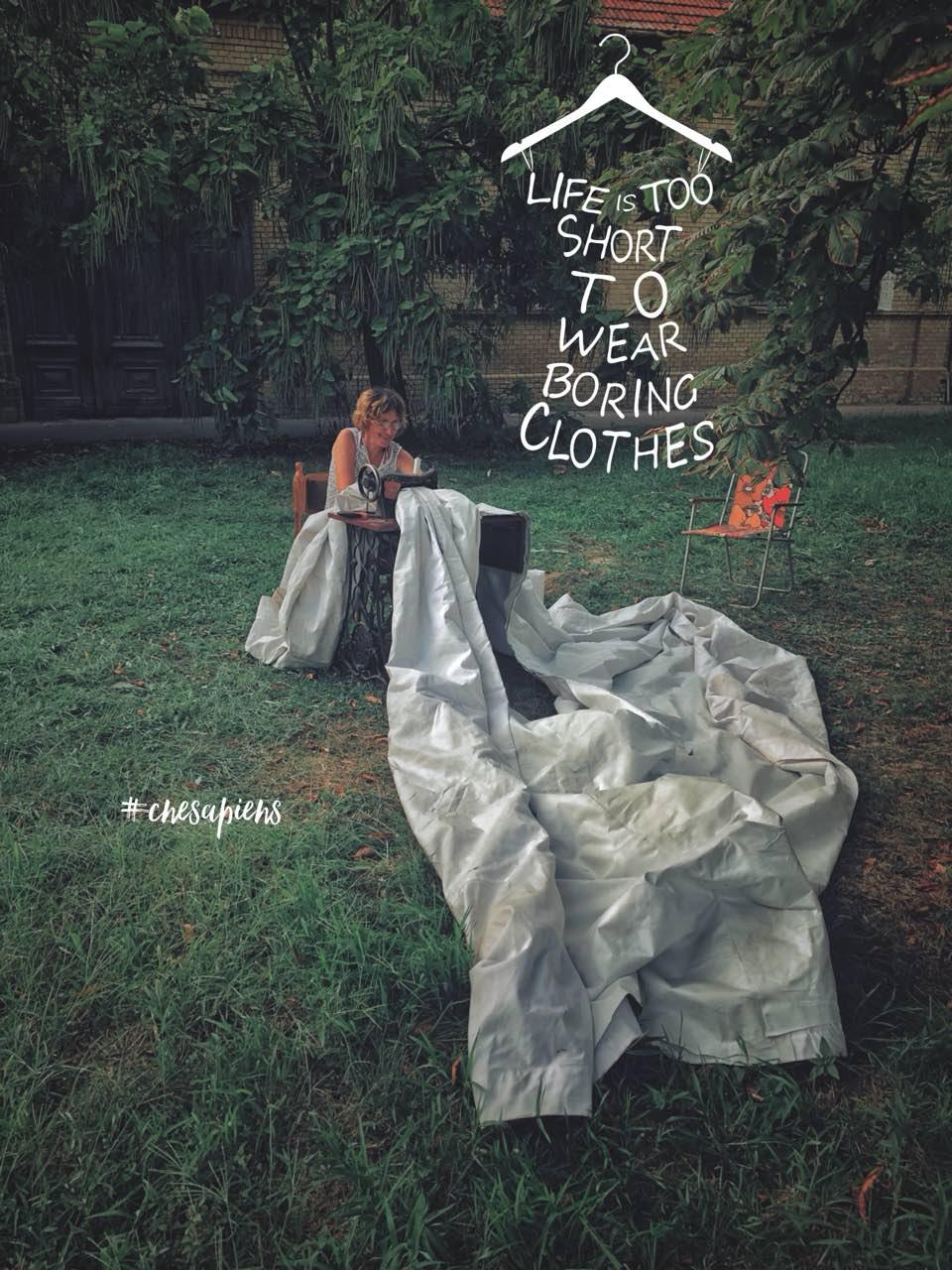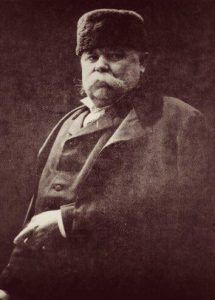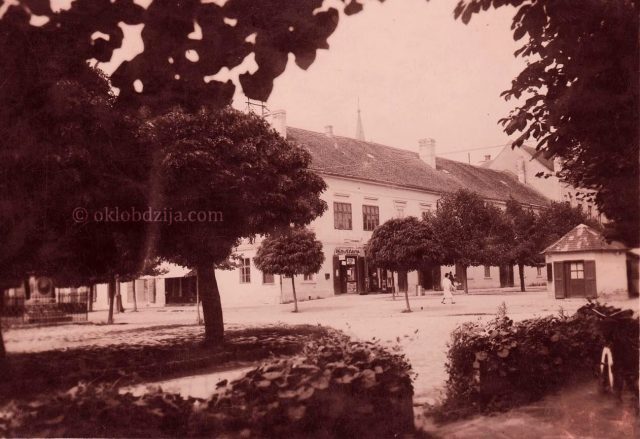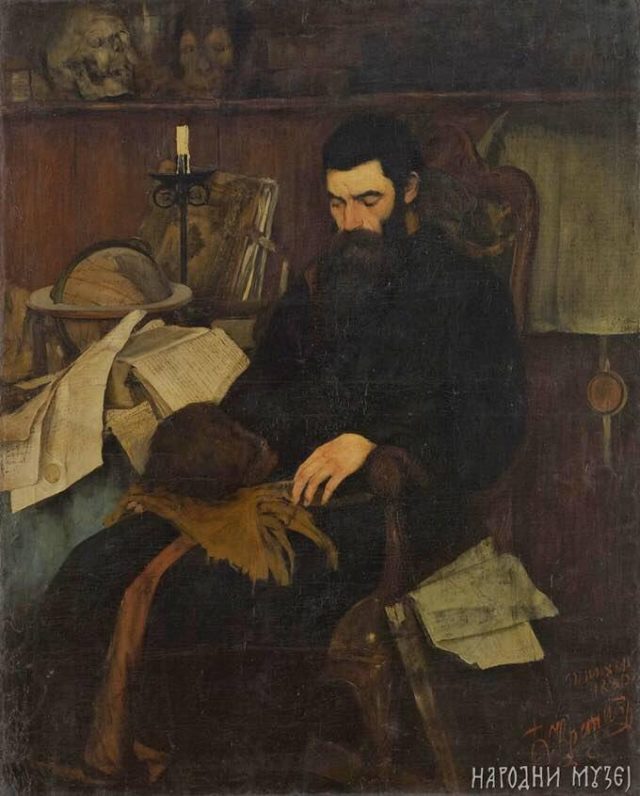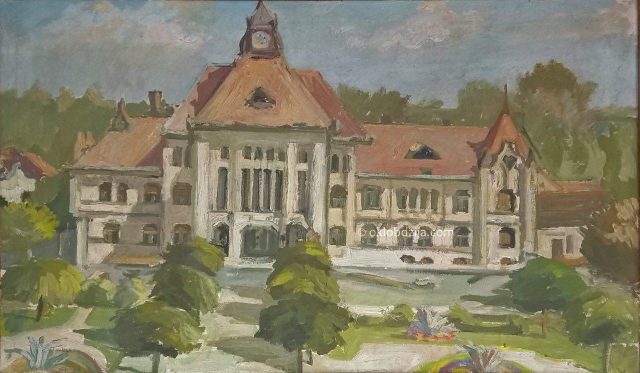A_n_t_o_n_i_a
She lived on the second floor of our block, her flat was above ours. I was watching, from the perspective of a child, the embodiment of King Kong going through the phases of evolution and finally becoming an old woman. She was a woman of great soul and body, the latter, with its massiveness, making the impression of a stable person. Although she was characterised by her height and broadness, her heart surpassed them both. It was common knowledge. Neighbours, friends, friends of friends, relatives, children, everyone kept coming back to have a bowl of soup, to sweeten themselves up with some cakes or to taste coffee.
I used to be fascinated by the exquisite cleanliness and order in her small kitchen. There was always enough room in this old-fashioned kitchen, even though the washbasin stood nestled on one side, leaning against the oven, the oven against the fridge, a small table placed to the wall, squeezed in kitchen cabinets surrounded by rickety chairs.
That is why we were much closer to each other than we are today. One of the miracles that I remember happened on a late summer afternoon while I was sharing a meal with her grandchildren. That was when goolash turned into goulash. I felt free to ask for another portion.
And then one day, as if it were yesterday, somehow and suddenly she shrank, like your clothes shrink when washed. She was tiny as she came and rang the bell. Traces of being colossal were gone forever, only her heart kept its existing greatness. I understood. My perspective shifted higher, it grew up.. just like that.
Out of the blue.
Prevela: Mónika Mészáros
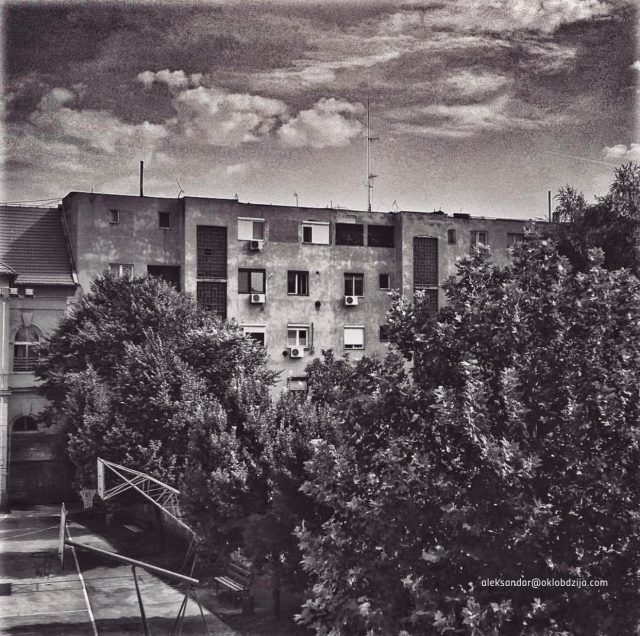
Прочитај и овај садржај: Антонија

